1)Loria, Melissa J., et al. “Effects of Sceletium tortuosum in rats.” Journal of ethnopharmacology 155.1 (2014): 731-735.
2)Terburg, David, et al. “Acute effects of Sceletium tortuosum (Zembrin), a dual 5-HT reuptake and PDE4 inhibitor, in the human amygdala and its connection to the hypothalamus.” Neuropsychopharmacology 38.13 (2013): 2708-2716.3)Chiu, Simon, et al. ”
3)Proof-of-concept randomized controlled study of cognition effects of the proprietary extract Sceletium tortuosum (Zembrin) targeting phosphodiesterase-4 in cognitively healthy subjects: implications for Alzheimer’s dementia.” Evidence-Based Complementary and Alternative Medicine 2014 (2014).
4)Bennett, Amber C., and Carine Smith. “Immunomodulatory effects of Sceletium tortuosum (Trimesemine™) elucidated in vitro: implications for chronic disease.” Journal of ethnopharmacology 214 (2018): 134-140.
5)P. Kapewangolo, et al. “Sceletium tortuosum demonstrates in vitro anti-HIV and free radical scavenging activity.” South African Journal of Botany Volume 106, September 2016, Pages 140–143
6)Swart, A. C., and C. Smith. “Modulation of glucocorticoid, mineralocorticoid and androgen production in H295 cells by Trimesemine™, a mesembrine-rich Sceletium extract.” Journal of ethnopharmacology 177 (2016): 35-45.
7)Lewis-Williams, J. David. Believing and seeing: symbolic meanings in southern San rock paintings. London: Academic Press, 1981.
8)Smith, Michael T., et al. “Psychoactive constituents of the genus Sceletium NE Br. and other Mesembryanthemaceae: a review.” Journal of ethnopharmacology 50.3 (1996): 119-130.
9)Laidler, P. W. “The magic medicine of the Hottentots.” South African Journal of Science 25 (1928).
10)Holmes, E. M. “MATERIA MEDICA NOTES.” American Journal of Pharmacy (1835-1907) (1874): 286.
11)Gericke, Nigel. “Kabbo’s! Kwaiń: The Past, Present and Possible Future of Kanna.” The ethnopharmacological search for psychoactive drugs (2018): 122-150.
12)Watt, John Mitchell, and Maria Gerdina Breyer-Brandwijk. “The Medicinal and Poisonous Plants of Southern and Eastern Africa being an Account of their Medicinal and other Uses, Chemical Composition, Pharmacological Effects and Toxicology in Man and Animal.” Edn 2 (1962).
13)Moreland, William Harrison, ed. Peter Floris, his Voyage to the East Indies in the Globe, 1611-1615: The Contemporary Translation of his Journal. Taylor & Francis, 2017.
14)Purchas, Samuel. “Purchas his Pilgrimes: In five bookes. 5 vols.” London: William Stansby for Henrie Fetherstone 1625.3: 1135.
15)Smith, Christo Albertyn. “Common names of South African plants.” (1966).
16)Van der Stel, Simon. Simon van der Stel’s journey to Namaqualand in 1685. Human & Rousseau, 1979.
17)Valentijn, François. “Beschryvinge van de Kaap der Goede Hoope. Deel I.” (2011).
18)La Caille, Nicolas Louis de. Journal historique du voyage fait au Cap de Bonne-Espérance. Guillyn, 1763.
19)Thunberg, Carl Peter. Travels at the Cape of Good Hope, 1772-1775: based on the English edition London, 1793-1795. No. 17. Van Riebeeck Society, The, 1986.
20)Tully, William. Materia Medica; Or, Pharmacology and Therapeutics. Vol. 1. J. Church, 1857.
21)Dragendorff, Georg. Die heilpflanzen der verschiedenen völker und zeiten: ihre anwendung wesentlichen bestandtheile und geschichte. Ferdinand Enke, 1898.
22)Prada-Samper, José M. de. “The plant lore of the/Xam San://Kabbo and≠ Kasiŋ’s identification of Bushman medicines.” (2007).
23)CE Hobb’s Botanical Hand-book of Common Local, English, Botanical and Pharmacopoeial Names Arranged in Alphabetical Order, of Most of the Crude Vegetable Drugs, Etc., in Common Use: Especially Designed as a Reference Book for Druggists and Apothecaries. CC Roberts, 1876.
24)Nicholl, J.M., 1895. Botanical Ready Reference. Murray & Nicholl Manufacturing Company, Chicago.
25)Zwicky, Emil. “Über Channa, ein Genussmittel der Hottentotten.” Vierteljahrsschr. Naturforsch. Gesell. Zürich 58 (1913): 371-430.-130.
26)Gerbaulet, Maike. “Revision of the genus Sceletium NE Br.(Aizoaceae).(With 5 figures in the text).” Botanische Jahrbucher fur Systematik Pflanzengeschichte und Pflanzengeographie 118.1 (1996): 9-24.
27)Herre, Hans. “Genera of the Mesembryanthemaceae.” (1971).
28)Smith, Michael T., et al. “The distribution of mesembrine alkaloids in selected taxa of the Mesembryanthemaceae and their modification in the Sceletium derived ‘Kougoed’.” Pharmaceutical biology 36.3 (1998): 173-179.
29)Smith, Gideon F., et al. Mesembs of the world. Pretoria: Briza, 1998.
30)Jacobsen, Hermann. A Handbook of Succulent Plants: Mesembryanthemums (Ficoidaceae). Blandford Press, 1960.
31)Jeffs, Peter W., et al. “Sceletium alkaloids. VI. Minor alkaloids of S. namaquense and S. strictum.” The Journal of Organic Chemistry 39.18 (1974): 2703-2710.
32)Arndt, R. R., and P. E. J. Kruger. “Alkaloids from sceletium joubertii L. Bol. The structure of joubertiamine, dihydrojoubertiamine, and dehydrojoubertiamine.” Tetrahedron letters 11.37 (1970): 3237-3240.
33)Herbert, Richard B., and Abdullah E. Kattah. “The biosynthesis of Sceletium alkaloids in Sceletium subvelutinum L. Bolus.” Tetrahedron 46.20 (1990): 7105-7118.
34)Harvey, Alan L., et al. “Pharmacological actions of the South African medicinal and functional food plant Sceletium tortuosum and its principal alkaloids.” Journal of ethnopharmacology 137.3 (2011): 1124-1129
35)Smith, Michael T., et al. “The distribution of mesembrine alkaloids in selected taxa of the Mesembryanthemaceae and their modification in the Sceletium derived ‘Kougoed’.” Pharmaceutical biology 36.3 (1998): 173-179.
36)Patnala, Srinivas, and Isadore Kanfer. “Investigations of the phytochemical content of Sceletium tortuosum following the preparation of “Kougoed” by fermentation of plant material.” Journal of ethnopharmacology 121.1 (2009): 86-91.
37)Meiring, Isaac. “Notes on some experiments with the active principle of Mesembrianthemum tortuosum, L.” Transactions of the South African Philosophical Society 9.1 (1895): 48-50.
38)Juritz, C.F., 1905. Report of the joint meeting of the British Association for the Advancement of Science and the South African
39)Zwicky, Emil. “Über Channa, ein Genussmittel der Hottentotten.” Vierteljahrsschr. Naturforsch. Gesell. Zürich 58 (1913): 371-430.
40)Rimington, C. L. A. U. D. E., and G. C. S. Roets. “Notes upon the isolation of the alkaloidal constituent of the drug’channa’or’kougoed'(Mesembryanihemum anatomicum and Mesernbryanthemum tortuosum).” Onderstepoort Journal of Veterinary Science and Animal Industry 9 (1937): 187-191.
41)Archer, Fiona M. Ethnobotany of Namaqualand: the Richtersveld. Diss. University of Cape Town, 1994.
42)Zwicky, Emil. “Über Channa, ein Genussmittel der Hottentotten.” Vierteljahrsschr. Naturforsch. Gesell. Zürich 58 (1913): 371-430.-130.
43)Coetzee, Dirk D., Víctor López, and Carine Smith. “High-mesembrine Sceletium extract (Trimesemine™) is a monoamine releasing agent, rather than only a selective serotonin reuptake inhibitor.” Journal of ethnopharmacology 177 (2016): 111-116.
44)Ye, Ying, Keasha Jackson, and James M. O’Donnell. “Effects of repeated antidepressant treatment on type 4A phosphodiesterase (PDE4A) in rat brain.” Journal of neurochemistry 74.3 (2000): 1257-1262.
45)Fleischhacker, W. Wolfgang, et al. “A multicenter double-blind study of three different doses of the new cAMP-phosphodiesterase inhibitor rolipram in patients with major depressive disorder.” Neuropsychobiology 26.1-2 (1992): 59-64.
46)Dimpfel, Wilfried, et al. “Effect of Zembrin® and four of its alkaloid constituents on electric excitability of the rat hippocampus.” Journal of ethnopharmacology 223 (2018): 135-141.]
47)Ye, Ying, Keasha Jackson, and James M. O’Donnell. “Effects of repeated antidepressant treatment on type 4A phosphodiesterase (PDE4A) in rat brain.” Journal of neurochemistry 74.3 (2000): 1257-1262.
48)Gericke, N. “Clinical application of selected South African medicinal plants.” Australian Journal of Medical Herbalism 13.1 (2001): 3.
49)Smith, C. “The effects of Sceletium tortuosum in an in vivo model of psychological stress.” Journal of ethnopharmacology 133.1 (2011): 31-36.
50)Swart, A. C., and C. Smith. “Modulation of glucocorticoid, mineralocorticoid and androgen production in H295 cells by Trimesemine™, a mesembrine-rich Sceletium extract.” Journal of ethnopharmacology 177 (2016): 35-45.
51)Bennett, Amber C., and Carine Smith. “Immunomodulatory effects of Sceletium tortuosum (Trimesemine™) elucidated in vitro: implications for chronic disease.” Journal of ethnopharmacology 214 (2018): 134-140.
52)Bennett, Amber Clare. Neuro-and immunomodulatory effects of Sceletium tortuosum. Diss. Stellenbosch: Stellenbosch University, 2018.
53)Gericke, N., 1995. Sceletium Project. Investigation of a Traditional Herbal Sedative. Unpublished research report for South African Druggists Ltd., 30 May 1995.
54)Murbach, Timothy S., et al. “A toxicological safety assessment of a standardized extract of Sceletium tortuosum (Zembrin®) in rats.” Food and chemical toxicology 74 (2014): 190-199.
55)Hirabayashi, M., et al. “Clinical application of South African tea on dementia dog.” Japanese Journal of Small Animal Practice 21 (2002): 109-113.
56)Hirabayashi, M., et al. “Clinical effects of South African tea for cat.” Japanese journal of small animals practice 23 (2004): 85-88.
57)Patnala, Srinivas, and Isadore Kanfer. “Chemotaxonomic studies of mesembrine-type alkaloids in Sceletium plant species.” South African Journal of Science 109.3-4 (2013): 01-05.
58)Jeffs, Peter W., Thomas M. Capps, and Richard Redfearn. “Sceletium alkaloids. Structures of five new bases from Sceletium namaquense.” The Journal of Organic Chemistry 47.19 (1982): 3611-3617.
59)Snyckers, F. O., F. Strelow, and A. Wiechers. “The structures of partial racemic Sceletium alkaloid A 4 and tortuosamine, pyridine alkaloids from Sceletium tortuosum NE Br.” Journal of the Chemical Society D: Chemical Communications 22 (1971): 1467-1469.

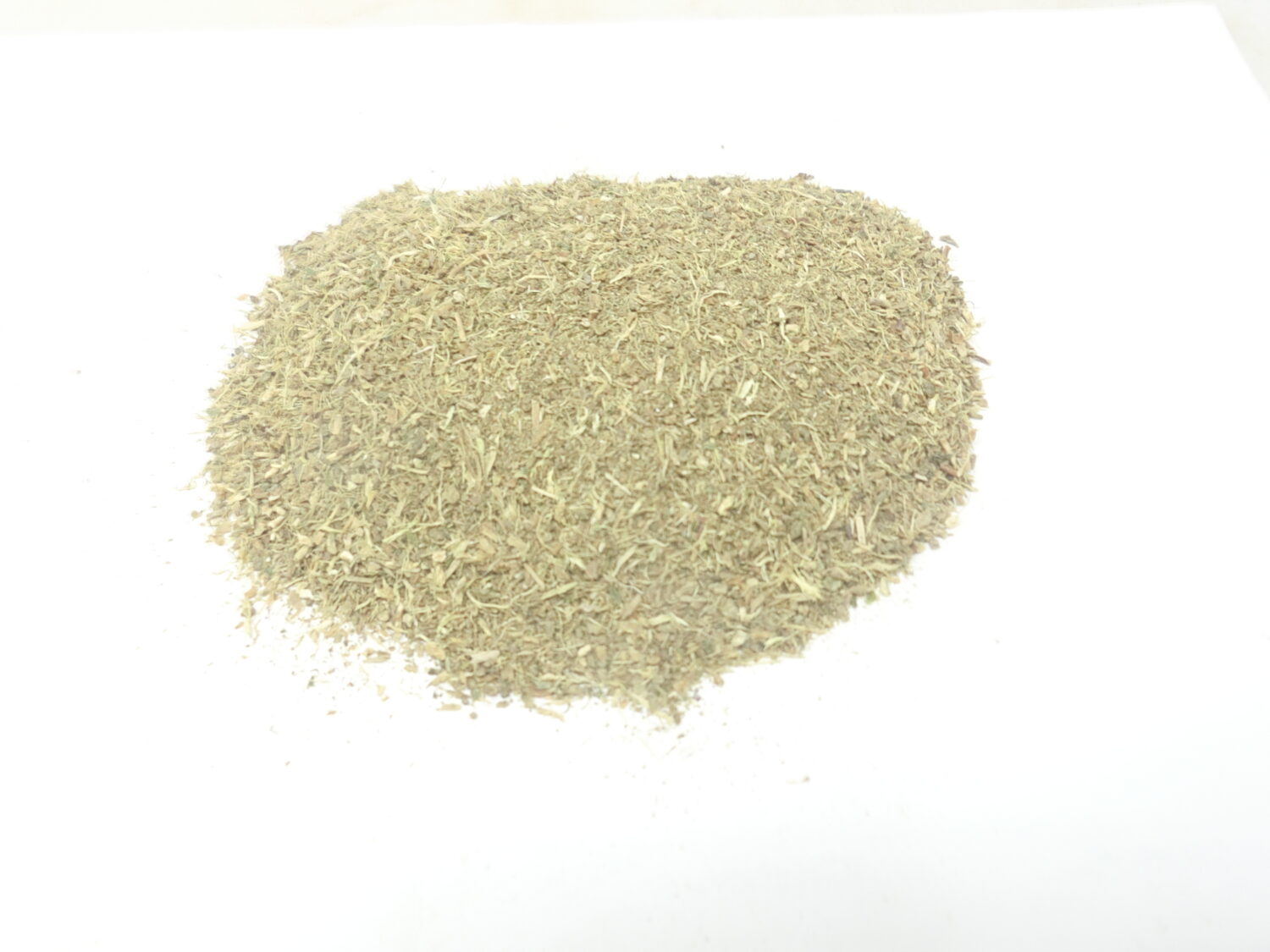
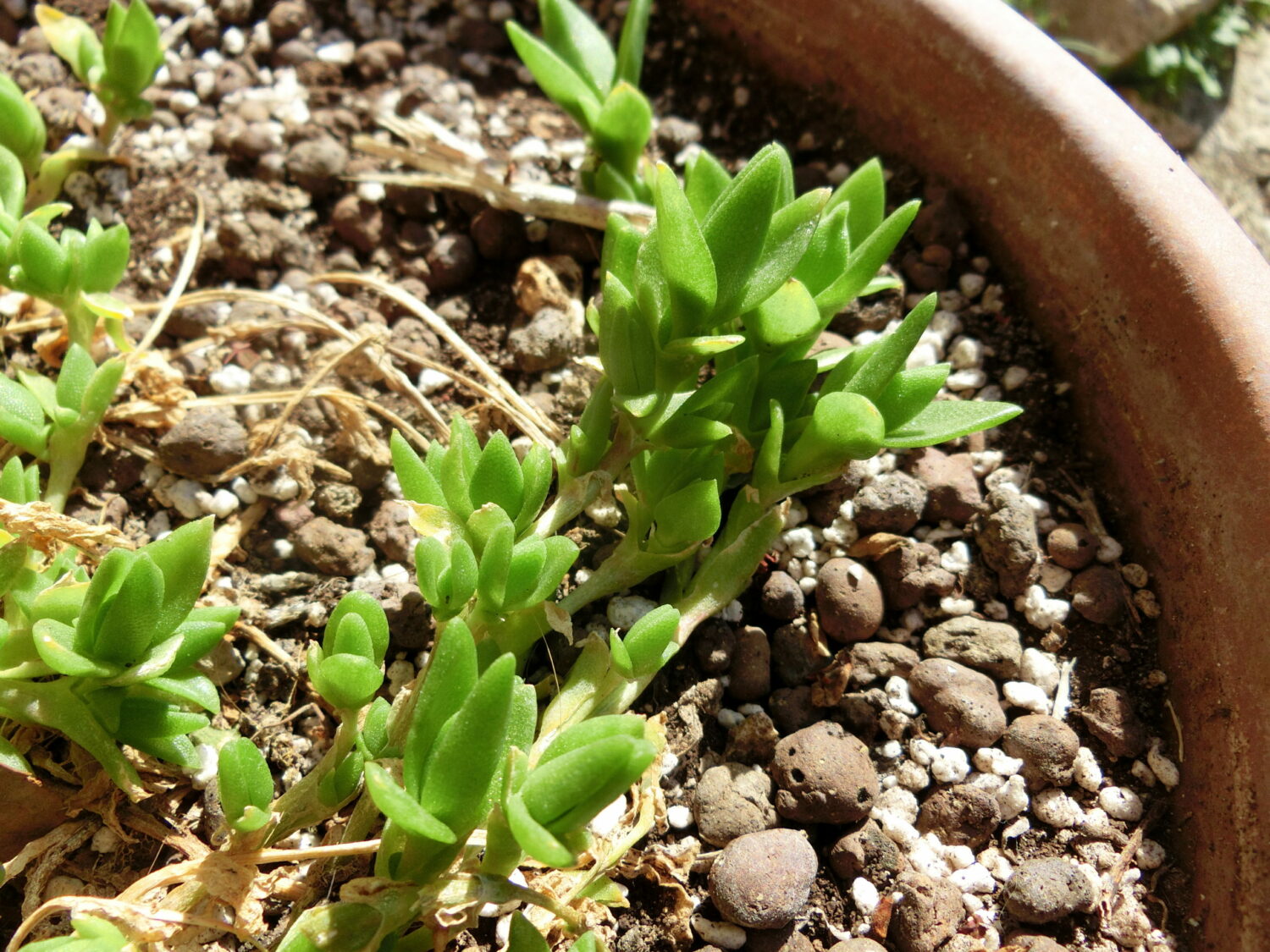
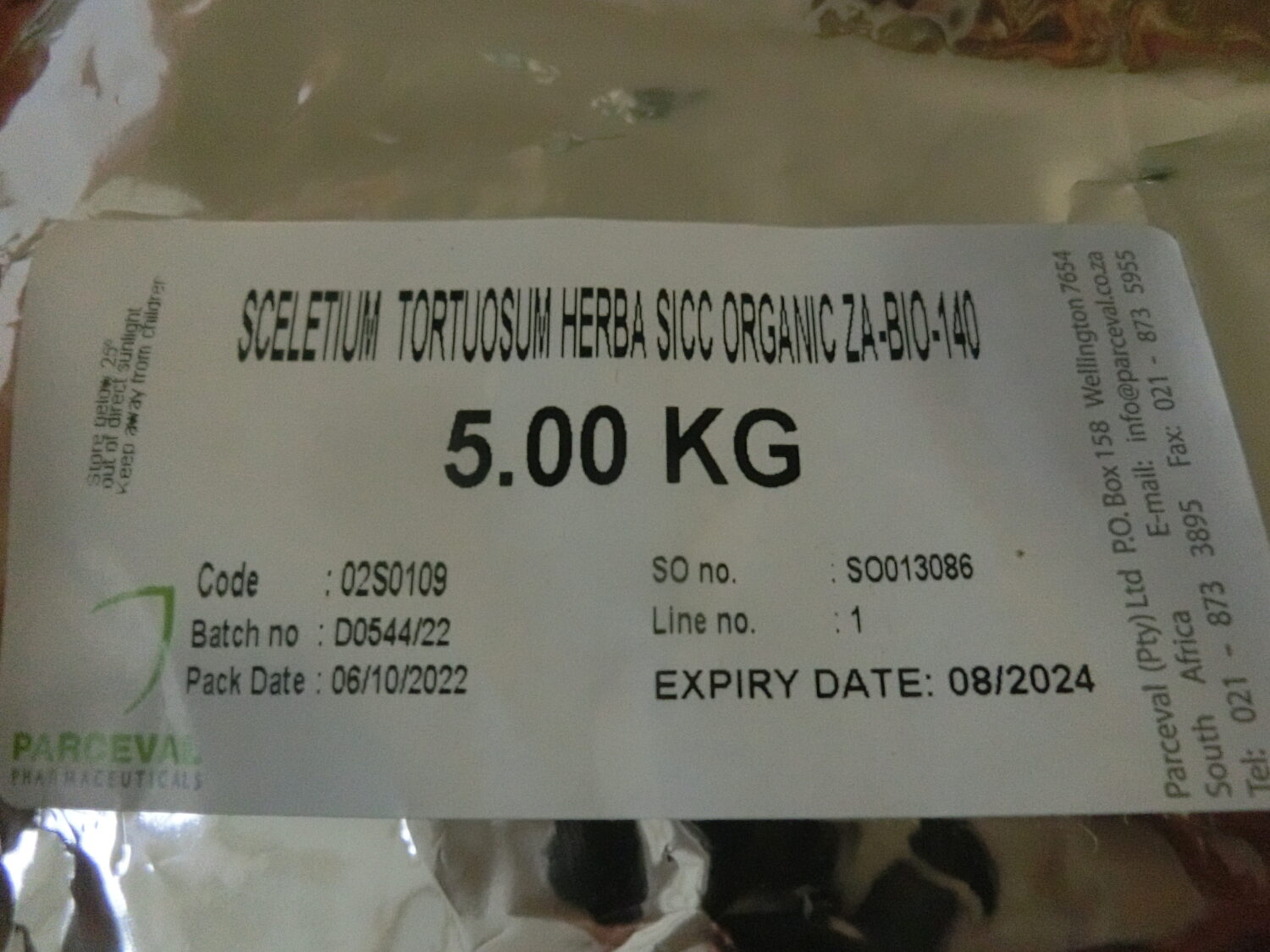
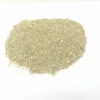
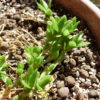
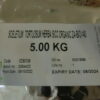
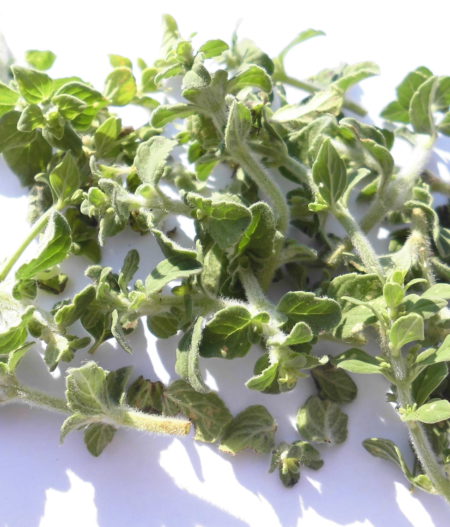
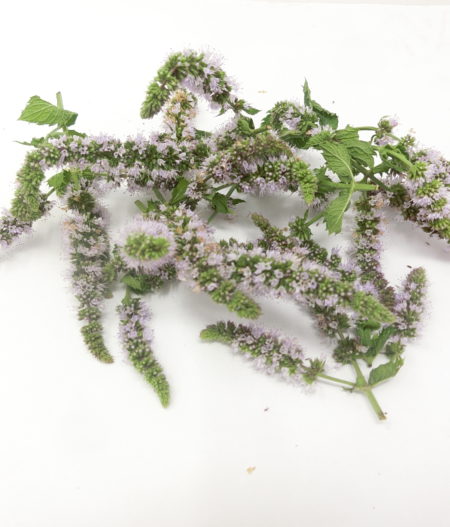
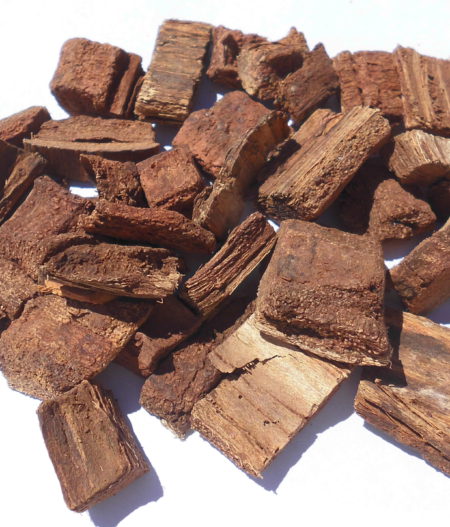
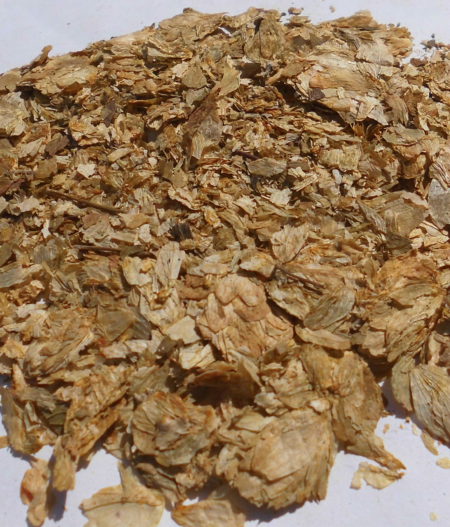
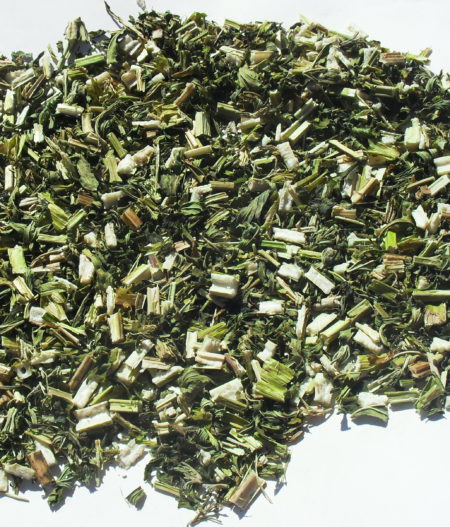
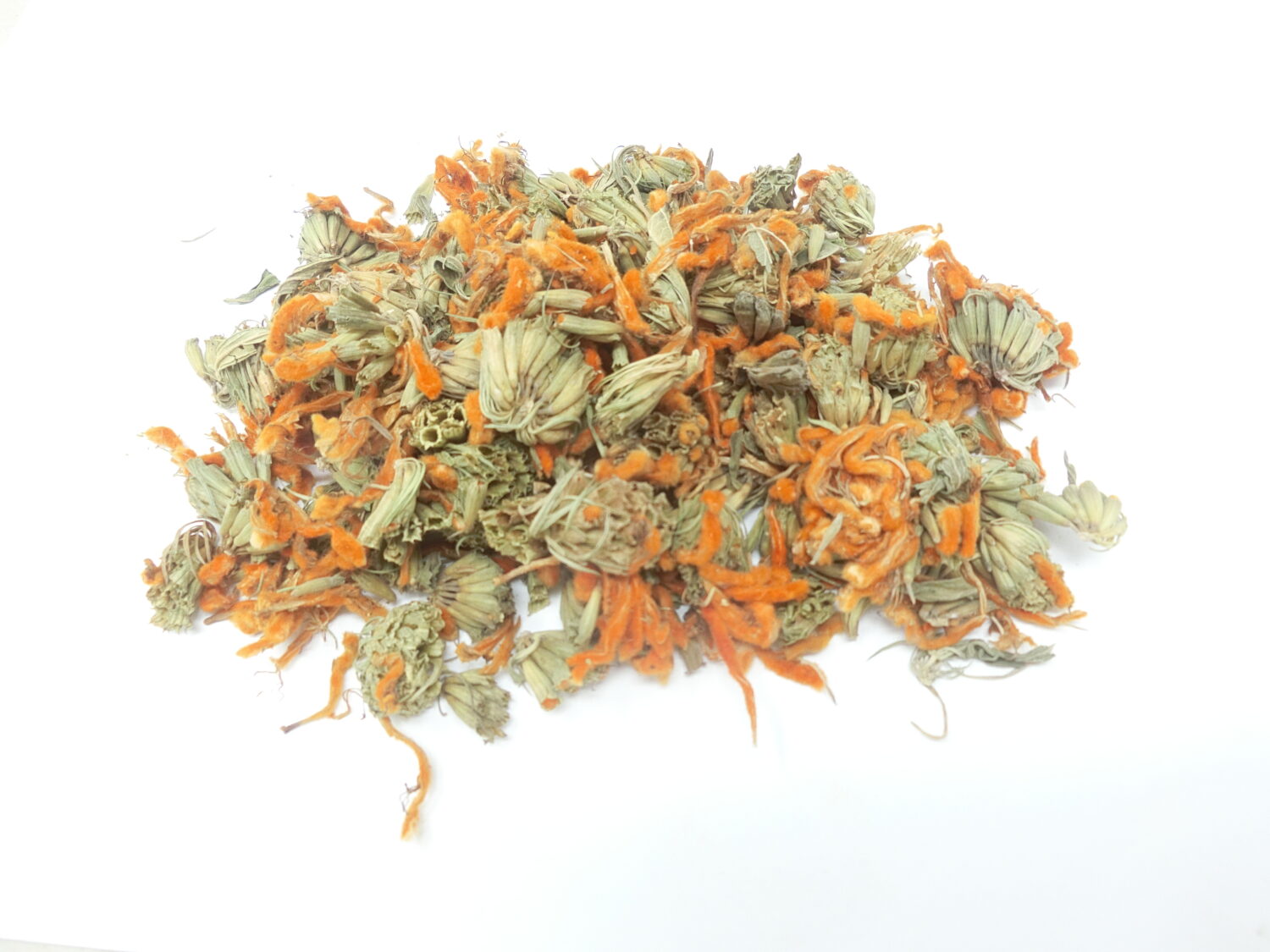
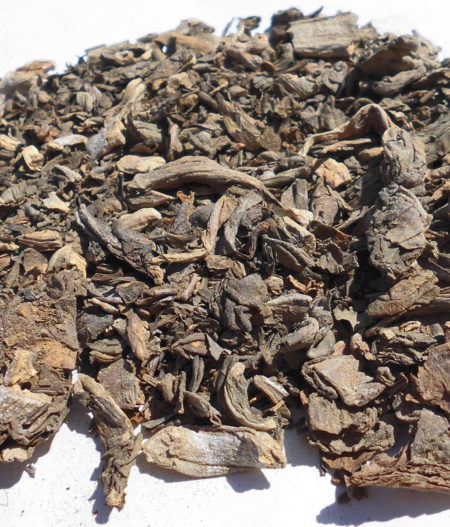
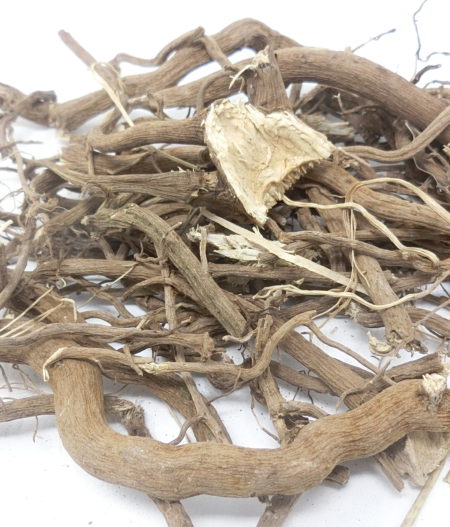
Leo (proprietario verificato) –
Ho adorato questa pianta; decisamente molto piacevole come aroma.